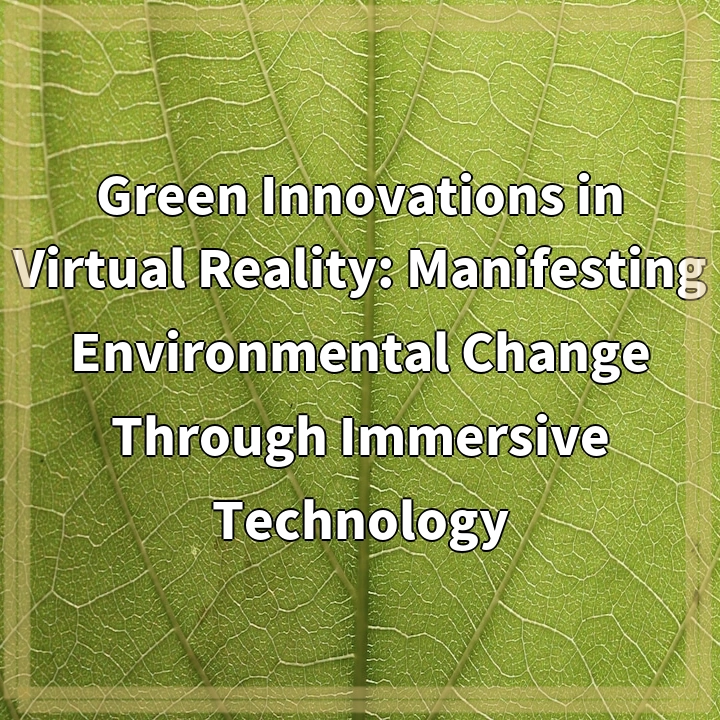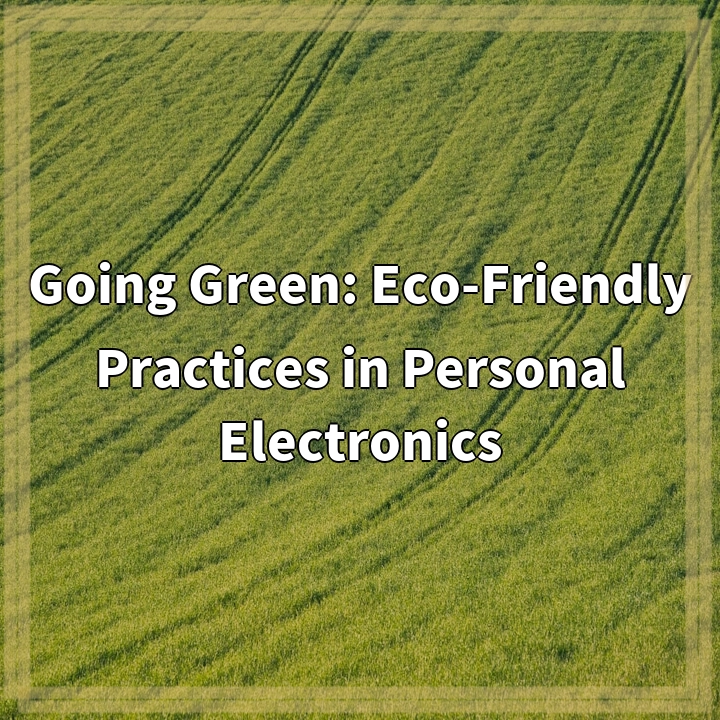
What is Green Innovations in Virtual Reality?
Green Innovations in Virtual Reality refers to the use of immersive technology to address environmental challenges and promote sustainable practices. Virtual Reality (VR) allows individuals to experience and interact with simulated environments, creating a sense of presence that can be used to raise awareness, educate, and inspire action towards environmental change.
Real-World Problems Associated with Green Innovations in Virtual Reality
While Green Innovations in Virtual Reality have the potential to make a positive impact, there are several real-world problems that need to be considered:
1. Access and Affordability:
One of the key challenges is ensuring that VR technology and experiences are accessible to a wide audience. Currently, the cost of VR equipment can be a barrier for many individuals and organizations, limiting the reach and impact of green VR initiatives. Additionally, access to high-speed internet and proper hardware may be limited in some regions, further hindering widespread adoption of VR for environmental purposes.
2. Energy Consumption:
Another concern is the energy consumption associated with VR technology. The production, operation, and disposal of VR devices can have environmental consequences, particularly if not managed properly. As VR becomes more popular and widespread, it is important to address the energy efficiency and sustainability of these devices to mitigate any negative impact they may have.
3. Lack of Tangible Action:
While VR can be an effective tool for raising awareness and fostering empathy for environmental issues, there is a risk of it being seen as a substitute for real-world action. It is important to ensure that VR experiences translate into tangible changes in behavior and actions that positively impact the environment. This requires careful design and integration of VR experiences with real-world initiatives, education, and advocacy.
4. Accuracy and Authenticity:
Maintaining accuracy and authenticity in VR experiences is crucial for building trust and credibility. As VR can create highly immersive and persuasive environments, it is important to ensure that the information conveyed is scientifically accurate and not misleading. This requires collaboration with experts, fact-checking, and transparent disclosure of any limitations or biases in the VR experience.

Solutions for Green Innovations in Virtual Reality
1. Increasing Accessibility:
To overcome the issue of access and affordability, efforts should be made to reduce the cost of VR equipment and make it more accessible to a wider audience. This can involve partnerships with organizations, crowdfunding initiatives, or the development of low-cost VR alternatives that still provide immersive experiences. Additionally, efforts should be made to ensure high-speed internet and proper hardware are available in more regions to support VR use for environmental purposes.
2. Promoting Energy Efficiency:
To address the energy consumption associated with VR technology, manufacturers should prioritize energy efficiency in the production and design of VR devices. This can include using sustainable materials, promoting recycling programs, and implementing power-saving features. Additionally, organizations and individuals can adopt responsible practices, such as powering VR devices using renewable energy sources or minimizing their usage when not necessary.
3. Fostering Real-World Action:
To ensure that VR experiences translate into tangible actions, it is important to integrate them with real-world initiatives, education programs, and advocacy efforts. VR experiences can be used as a tool to enhance understanding and empathy, but it is necessary to provide clear calls to action and pathways for individuals to get involved with environmental causes. This can involve partnering with environmental organizations, providing resources and information, and connecting VR experiences to relevant campaigns and projects.
4. Ensuring Accuracy and Authenticity:
To maintain credibility, VR experiences should be developed in collaboration with experts in the field and supported by accurate scientific information. Fact-checking and rigorous research should be conducted to ensure that the information presented in VR environments is reliable and unbiased. Transparent disclosure of any limitations or biases should be provided to allow users to make informed judgments. Additionally, peer review and feedback mechanisms can be implemented to continuously improve the accuracy and authenticity of VR experiences.















